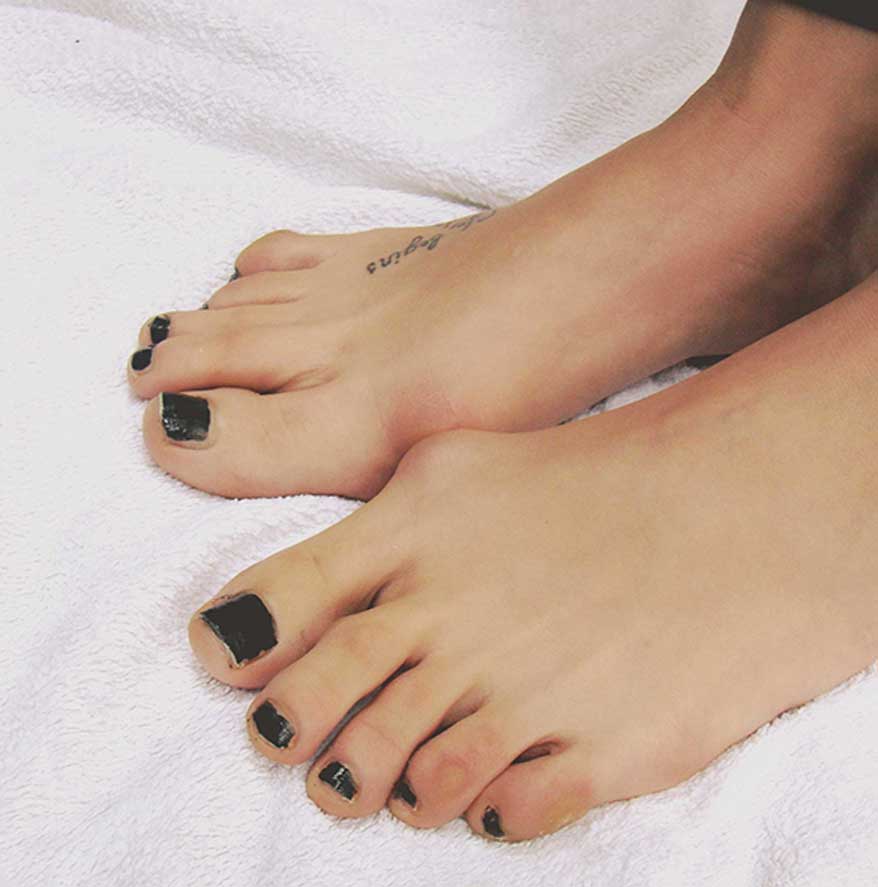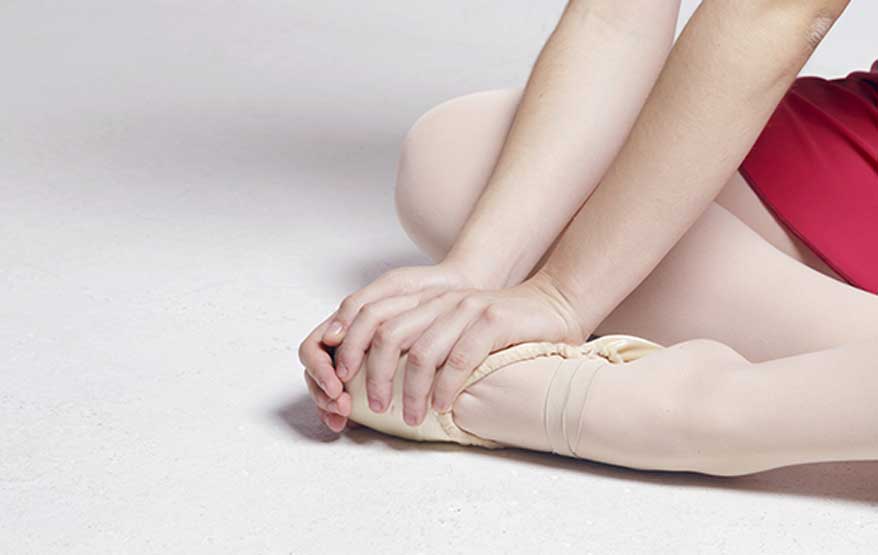
Sometimes caused by inherited deformities and often aggravated by tight-fitting footwear or underlying conditions like arthritis, bunions are a fairly common foot problem characterized by the appearance of a bony bump at the base of the big toe joint. Smaller bunions called bunionettes sometimes develop on the small toe, although they’re not usually as painful. If self-care efforts such as changing shoes or using over-the-counter, non-medicated bunion pads aren’t effective, you may benefit from the type of care available at the best bunion clinic in Los Angeles.
Evaluating Your Feet
When you first arrive at the best bunion clinic in Los Angeles, expect to have your feet fully assessed. While it’s fairly easy to detect a bunion from a vision inspection of the affected toe, it may be necessary to perform an X-ray to determine the severity of the deformity beyond what’s visible. Image tests can also confirm or rule out related damage to nearby tissues.
Recommending Conservative Treatments
Unless you are having extreme foot/toe pain related to your bunion, initial treatments recommended at best bunion clinic in Los Angeles will likely be conservative (non-surgical) in nature. You may be fitted for custom orthotics, or asked to wear splints or tape to reduce stress on the affected toe and the adjacent one. Some patients also experience relief from cortisone injections, icing the affected area, and pain-relieving or anti-inflammatory medications. You may also be advised to try the following pain management methods:
- Toe stretching exercises
- Toe flexing and contracting
- Resistance exercises


Exploring Surgical Options for Bunion Treatment
Typically, the foot specialists at the best bunion clinic in Los Angeles will give conservative treatments a chance to work to see if discomfort becomes manageable. If this doesn’t happen, surgery may be discussed. There are several different approaches to surgical bunion correction that may be recommended. If the deformity isn’t too severe, surgery may only involve removing swollen tissue around the big toe joint.
In some instances, it’s necessary to remove part of the big toe’s bone in order to fully straighten the abnormally shaped joint. Other times, there may be a need to realign one of the long bones (metatarsal bones) that rests along the back part of the foot and the affected big toe joint to restore the toe’s normal flexibility and shape.
Another possibility with surgery is to permanently join or “fuse” together bones within the affected joint. While it’s not unusual to be able to walk on the affected foot shortly after surgery, full recovery may take a few weeks or months, depending on what specific procedure is performed.
Recurrence of bunions after surgery is rare, but it does sometimes happen. However, you may be able to prevent this from happening by paying attention to advice you might receive at the best bunion clinic in Los Angeles. If you normally wear pointy shoes, for example, you may be advised to opt for shoes with a wide toe box so your toes aren’t forced together or constricted. And if you have diabetes, you would likely be advised to have regular foot exams to check for issues with circulation or reduced sensation.